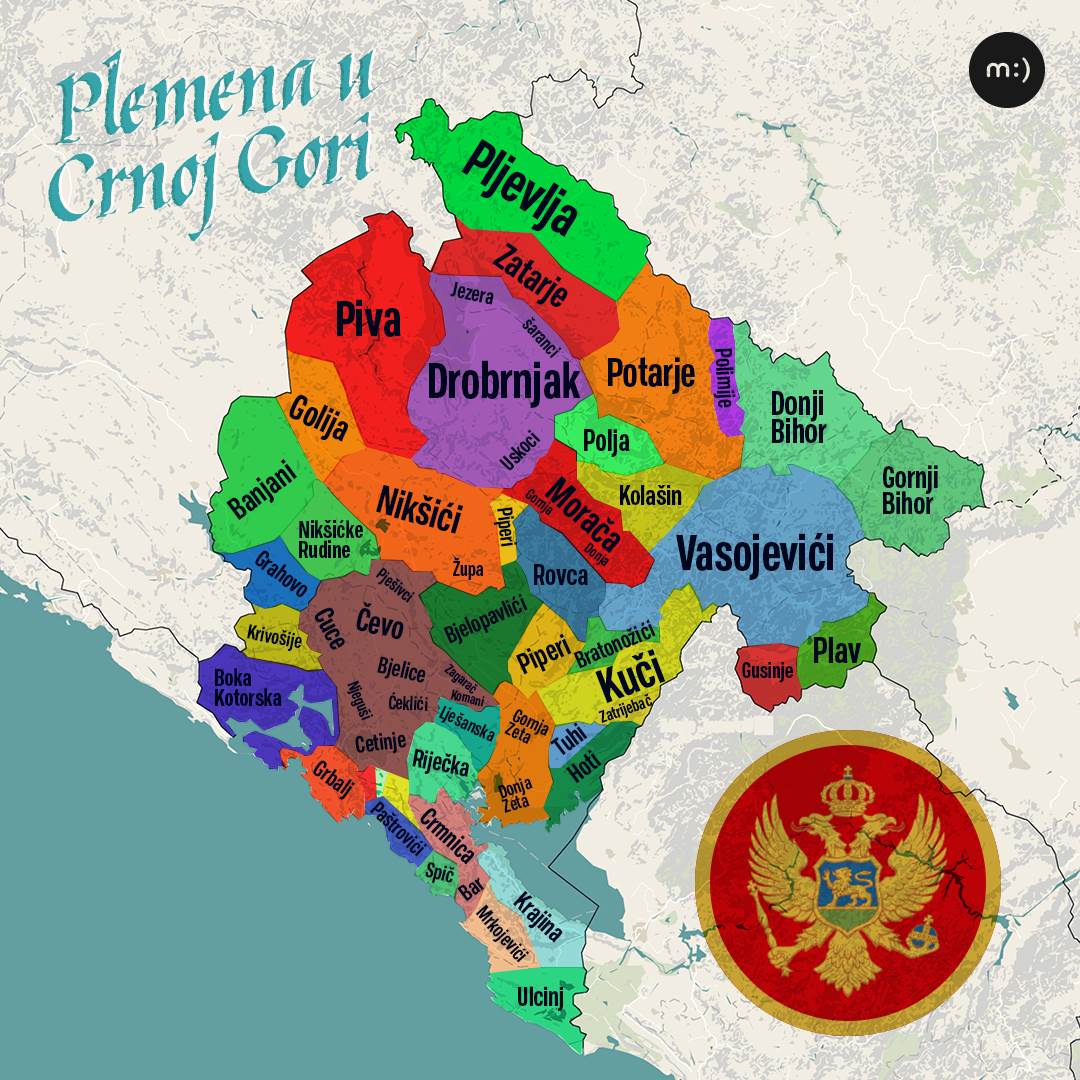Molotoff
VIP
As you know, Somalis are not the only people with tribalism. Serbs and Albanians have it too.
A bit about the tribes of Montenegro (Serbian tribes):
A bit about the tribes of Montenegro (Serbian tribes):
The tribes of Montenegro (Montenegrin and Serbian: племена Црне Горе / plemena Crne Gore) or Montenegrin tribes (Montenegrin and Serbian: црногорска племена / crnogorska plemena) were historical tribes in the areas of Old Montenegro, Brda, Old Herzegovina and Primorje,[A] and were geopolitical units of the Ottoman Montenegro Vilayet (or Prince-Bishopric of Montenegro, 1697–1852), eastern Sanjak of Herzegovina, parts of the Sanjak of Scutari, and Venetian Albania, territories that in the 20th century were incorporated into Montenegro.
Many tribes were united into the Principality of Montenegro (1852–1910). The tribal assembly (zbor) of the Principality of Montenegro initially officially composed of the two communities of Old Montenegro (Crnogorci, "Montenegrins") and Brda (Brđani, "Highlanders").
In anthropological studies these tribes are divided into those of Old Montenegro, Brda, Old Herzegovina, and Primorje, and then into sub-groups (brotherhoods/clans – bratstva, and finally families). Today they richly attest to social anthropology and family history, as they have not been used in official structures since (although some tribal regions overlap contemporary municipality areas). The kinship groups give a sense of shared identity and descent.



